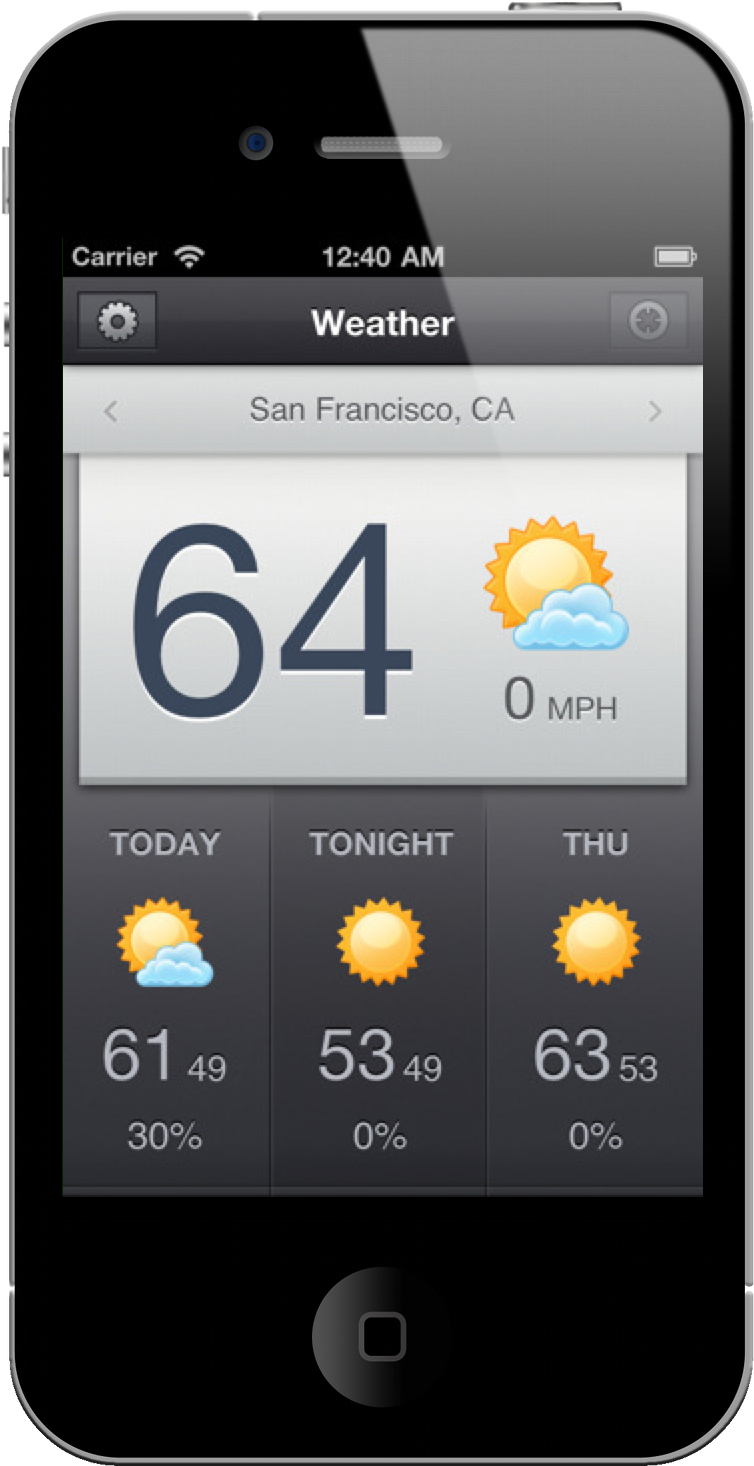

If I attempt to read stage.stageWidth/stageHeight before this, the value is a default value of 500x375.įor the "Desktop" module, I used to hard-code the resolution in the application descriptor, but now pass-in the desired width and height as program arguments and explicit set the 's width and height. I also listen for the InvokeEvent.INVOKE event before I do anything (except in SWF).

#MYTHOUGHTS APP ANDROID#
I think Android presents the stageHeight minus the Android Status Bar initially. Through testing I decided to use stage.fullScreenWidth/fullScreenHeight instead of stage.stageWidth/stageHeight because it was more consistent. It took me some trial and error, but I finally figured out how the resources should be added to the package.

Here you can see the Android-specific icons, and the main CitrusEngine subclass that is run. There are many Run configurations that target one of the target modules along with a target device resolution. The "Screenshots" module is special in that it automatically runs through the app collecting screenshots for use on the App or Play Store. The other modules depend on "Shared" and contain their environment specific details. The "Shared" module contains the application code and resources. The first thing I did was to create a project structure that would let me execute the various Adobe Air targets. I am 99% done with my first simple Starling app and wanted to take a moment to share with everyone my approach as well as get any feedback from those more experienced.


 0 kommentar(er)
0 kommentar(er)
